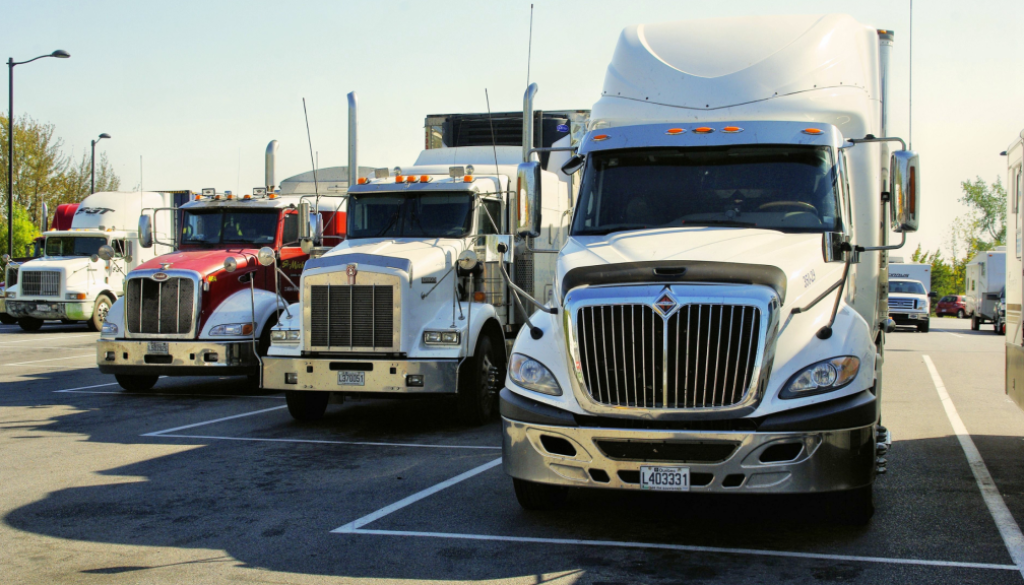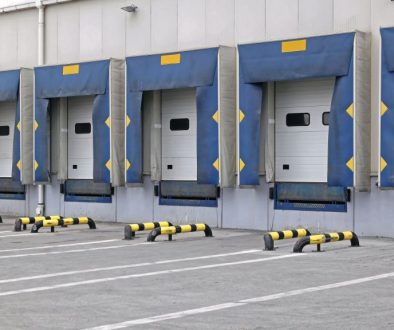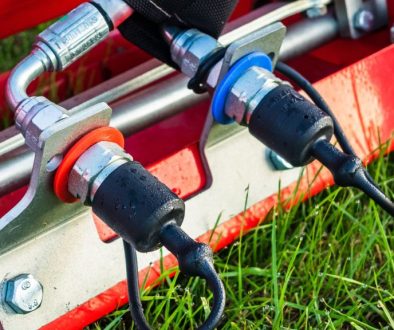Imagine driving a fully loaded truck down a winding highway without a suspension system. Every bump would feel like an earthquake, and your cargo would be bouncing around like popcorn in a hot pan. Heavy-duty truck suspension isn’t just about comfort—it’s about stability, control, and safety.
A well-designed suspension system absorbs shock, distributes weight, and maintains proper alignment, ensuring that trucks operate smoothly and efficiently under extreme conditions. In this guide, we’ll break down the components, types, and importance of suspension systems, with real-world examples and a deep dive into a case study.
How Heavy-Duty Truck Suspension Works
A suspension system consists of several key components that work together to support the vehicle’s weight, absorb impacts, and maintain stability. These include:
- Springs – Bear the weight of the truck and help absorb shocks from the road.
- Shock Absorbers (Dampers) – Reduce excessive bouncing by controlling the movement of springs.
- Control Arms and Linkages – Connect the wheels to the truck frame and help maintain wheel alignment.
- Bushings and Bearings – Reduce friction and allow for smooth movement.
Types of Heavy-Duty Truck Suspension Systems
Different trucks require different suspension setups, depending on their use case. Here are the most common types:
1. Leaf Spring Suspension
One of the oldest and most commonly used systems, leaf springs are durable and inexpensive. They consist of multiple layers of metal strips stacked together to provide strength and flexibility.
- Pros: Cost-effective, reliable, and capable of carrying heavy loads.
- Cons: Less flexibility, leading to a rougher ride on uneven roads.
2. Air Suspension
This system replaces traditional metal springs with air-filled bags that adjust to load weight and road conditions.
- Pros: Provides a smoother ride, reduces wear and tear on truck components, and improves fuel efficiency.
- Cons: More expensive and requires regular maintenance to prevent leaks or compressor failures.
3. Torsion Bar Suspension
Torsion bars use the twisting force of a steel rod to absorb impacts. This type is common in some heavy-duty applications due to its adjustability.
- Pros: Compact design, easy to adjust ride height, and durable.
- Cons: More expensive than leaf springs and requires specialized repairs.
4. Walking Beam Suspension
This system is commonly found in dump trucks and off-road vehicles. It consists of a beam that connects two axles and helps evenly distribute weight.
- Pros: Handles rough terrain exceptionally well and offers high durability.
- Cons: Not the best for on-highway use due to a less comfortable ride.
Common Issues and How to Maintain a Heavy-Duty Truck Suspension System
Even the best suspension system needs regular maintenance to function properly. Here are some common issues and ways to address them:
1. Uneven Tire Wear
- Cause: Misalignment or worn-out suspension components.
- Solution: Regularly check and align the wheels.
2. Excessive Bouncing or Swaying
- Cause: Worn-out shock absorbers.
- Solution: Replace shocks every 50,000 to 100,000 miles.
3. Sagging Suspension
- Cause: Weak or broken springs.
- Solution: Inspect and replace springs as needed.
4. Air Suspension Leaks
- Cause: Punctured air bags or faulty compressors.
- Solution: Regularly inspect air lines and bags for leaks.
Case Study: How the Right Suspension System Saved a Logistics Company Millions
The Problem:
XYZ Freight Company was struggling with high maintenance costs and frequent breakdowns in their fleet of heavy-duty trucks. Their trucks were primarily running on outdated leaf spring suspensions, leading to excessive wear and tear on tires, misalignment issues, and poor fuel efficiency.
The Solution:
After conducting a detailed analysis, the company decided to upgrade to an air suspension system. The goal was to reduce maintenance costs, improve ride quality, and optimize fuel efficiency.
The Implementation:
The company retrofitted 50 trucks with air suspension and monitored performance over six months. Key performance metrics included fuel consumption, tire wear, and maintenance frequency.
The Results:
- Fuel Efficiency: Improved by 12%, leading to an annual savings of $250,000.
- Tire Lifespan: Increased by 30%, reducing replacement costs by $150,000.
- Downtime: Reduced by 40%, leading to increased operational efficiency.
Conclusion
A truck’s suspension system is its unsung hero, keeping everything running smoothly and safely. Choosing the right system, maintaining it properly, and understanding its impact on efficiency can save businesses thousands of dollars annually. Whether you’re a fleet manager or an independent trucker, investing in the right suspension setup will pay off in the long run.
Frequently Asked Questions (FAQs)
1. Which suspension system is best for long-haul trucking?
Air suspension is the best choice for long-haul trucking due to its smooth ride, fuel efficiency benefits, and reduced wear on other components.
2. How often should I check my suspension system?
A thorough inspection should be done every 25,000 miles or at every routine maintenance check.
3. Does a better suspension improve fuel efficiency?
Yes, a well-maintained suspension system reduces rolling resistance and unnecessary drag, leading to better fuel efficiency.
4. Can I switch from leaf springs to air suspension?
Yes, but it requires a professional retrofit, including installing air compressors and modifying the truck’s frame.
5. What’s the lifespan of a heavy-duty suspension system?
With proper maintenance, suspension systems can last between 5 to 10 years, depending on road conditions and load stress.




